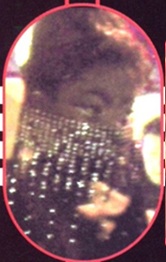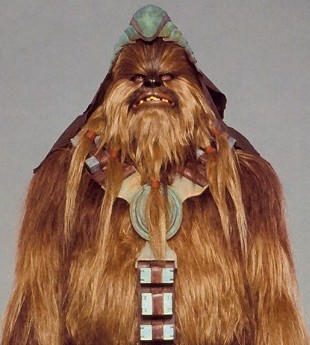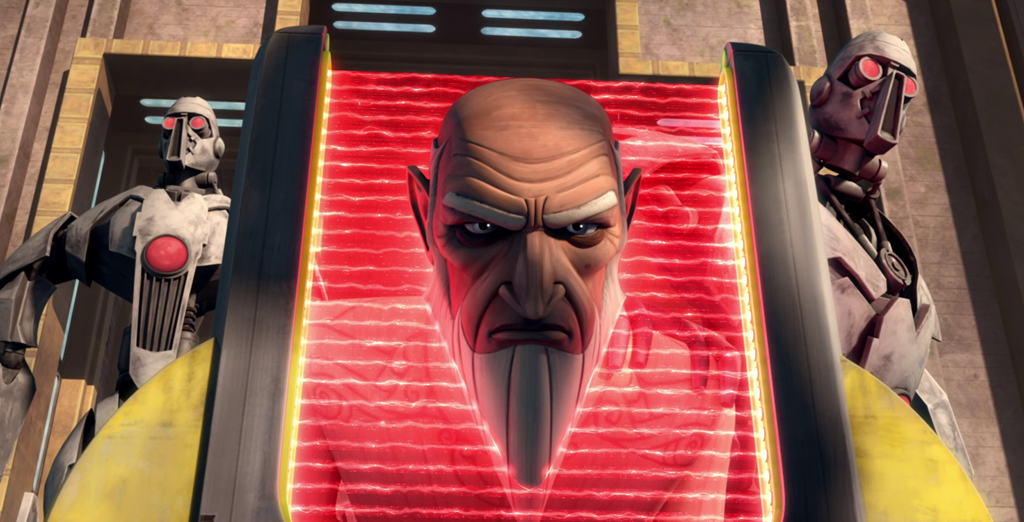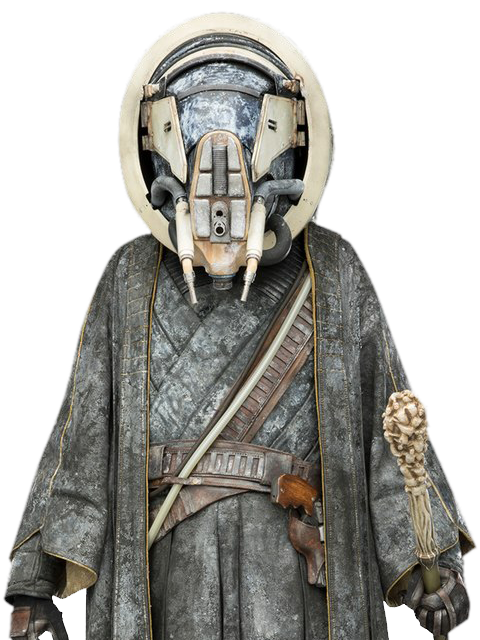Kurk System
System Datafile:
System: Kurk
Star: Kor (yellow)
Orbital Bodies:
Name Type Moons
Darlor barren rock 0
Bornop barren rock 1
Konbalar terrestrial 1
Drem gas giant 11
Capsule: The Kurk system was settled for one reason, and one reason only: Konbalar is a rich source of important raw materials. The rest of the system is comercially useless, and equally useless from a scientific standpoint. Darlor and Bornop are too poor in minerals to justify any mining operations, and since they both lack any sort of breathable atmosphere they have remained entirely uncolonized. Drem is composed almost entirely of hydrogen, and is therefore quite unremarkable. Only three of Drem's moons are rock, with the others being captured comets. Some 80 or 90 years ago a miscalibrated sensor array convinced a mining company that there were valuable resources on Drem 8, but after setting up a preliminary facility on the moon they soon realized their mistake. The small abandoned outpost is still on the moon, although geological activity caused by the gravitational pull of Drem has caused the outpost to slide partially into a rift, and of those who are even aware that the outpost exists, few would be able to find it today.
Konbalar
Type: volcanic terrestrial
Temperature: warm
Atmosphere: Type I
Hydrosphere: moist
Gravity: standard
Terrain: volcanoes, badlands, mountains, oceans
Length of day: 29 standard hours
Length of year: 287 local days
Sapient species: Humans
Starport: standard class (but see below)
Population: 85 million
Planet function: mining, manufacturing, entertainment (swoops)
Government: Imperial governor
Tech level: space
Major exports: raw materials, manufactured goods (walkers especially)
Major Imports: foodstuffs
Capsule: Konbalar is a relatively young world with an atmosphere which is only barely rich enough in oxygen to be considered class I. Native life hadn't evolved past simple plants when the first human settlers discovered it, and even today lichens and algae are the most prevalent life on the planet. Konbalar is a fairly harsh world, with a lot of geothermal activity. Small earthquakes are common throughout most of the planet, while much larger quakes tend to be confined to the most problematic areas. Volcanoes are active over much of the landmass, as well as in the oceans. All of this geothermal activity has made the oceans fairly warm. Weather patterns tend to be severe, with many lightning storms and torrential rains. The main reason that the planet was settled was because it has large deposits of ores which are useful for industrial purposes. One of these ores which is found in large quantities, jarbinium, is slightly radioactive, but not on levels that are harmful to human life. Refined jarbinium is used in reactors and certain electronics, and no longer gives off the same radiation. The radiation given off by unrefined jarbinium can
cause repulsorlifts to act erratically however, and so their use on the planet is rare. In game terms add +10 to the difficulty of any maneuver, or more if in an area with a particularly high concentration of the ore.
Largely because of the added difficulty of maneuvering in such an environment, swoop racing has become big business on Konbalar, with the annual finals drawing crowds from throughout the sector. These finals take place within an abandoned jarbinium mine just outside the city of Draiser. The exact course through the tunnels varies each year, but large spectator chambers have been dug out at a few points along the tunnels. These chambers are situated at points where the race goes almost every year regardless of the course, are protected by transparisteel, and are equipped with large viewer screens where action elsewhere on the course is projected. There are 6 separate spectator chambers, each capable of holding roughly 2,000 people. In a typical year the race course will go past 5 of the 6 chambers. The race normally includes hairpin turns and numerous different levels of elevation connected by vertical lift shafts. The lift shafts are typically the sections of the track where the most crashes occur as the riders try to go from moving horizontally to vertically in a very short space. Because of the high residual ore concentrations in the Draiser
Mine Racecourse all maneuvers are at a +18 difficulty. It is a rare year indeed when there are no fatalities during the races, but this fact only makes the races more popular. Most of the swoop riders in these races are professionals, but every year there are a few amateurs involved. As long as they can get the 500cr participation fee together and can provide their own swoops they are welcome to compete for the 3 million credit pot (just try to tell me that this isn't a blatant plot hook for PCs).
Draiser herself is a heavily industrial city, and the major starport of the planet. Draiser was once a major mining centre, but the majority of the mines in the immediate area played out years ago, and much in the way of raw materials is shipped in from other smaller mining communities in the countryside. Most of this shipping is done through an innovative method of transportation: pneumatic tubes which run along the surface of the planet. These tubes are designed to be removed and erected again in a new location when one mine plays out, but such is time consuming as the metal tubes are affixed to the earth with heavy durasteel rods. The cargo trains which travel in these tubes go at speeds in excess of 1,000kmh, driven by air pressure. The trains never carry live passengers and are controlled entirely by remote. This is because the rapid acceleration caused by the tubes would be fatal to virtually any sapient being. It would theoretically be possible to modify a train with inertial dampers to allow humans to ride, but this would be quite expensive, and has not been done. There are constant rumours that the Imperials actually do have trains that have been modified in this manner so that they can respond rapidly to any threat, but these are unsubstantiated. Draiser, like the other smaller industrial centres of the planet, is surrounded by a network of these tubes. Unlike the other industrial cities on the planet Draiser is also surrounded by a network of tubes leading to all of the other industrial cities, so that they can easily and cheaply ship finished goods to Draiser, and from there off-planet. There actually are other spaceports on the planet, but Draiser has the largest, and most efficient. Draiser has a relatively large tourism industry for an industrial hub, but this is largely focused on swoop racing, and although there are constant competitions these are mostly frequented by workers from Konbalar herself. The majority of tourism occurs
during the annual finals, and during this time the off-worlders in the hotels tend to outnumber those from the planet.
Starports on Konbalar are much more expensive than on most planets, both to maintain and from the point of view of the ship owner. This is because ships are banned from using repulsorlifts once they come within 200m of the ground in order to avoid the problems associated with repulsorlifts on the planet (note that this rule only applies above inhabited areas; the government could care less if you crash your ship in the wilderness where it's not going to hit any buildings or anything). Since the use of ion engines within the atmosphere is also illegal due to pollution concerns, and since most modern ships don't mount chemical rockets or other forms of propulsion which can be safely used in an atmosphere, each starport has a number of heavy tractor beam projectors to allow ships to safely land. Since tractor beams suffer from the same unreliability as repulsorlifts on Konbalar (to a slightly lesser extent however: usually +7 is added to the difficulty of using a tractor beam on the planet, more if there is a particularly high concentration of unrefined jarbinium nearby), standard procedure in all of the starports is to always use trained tractor beam operators and never automated systems, as well as to always have 3 seperate beams trained on each ship landing or taking off, so that even if one fails then there will be 2 backups to ensure that the ship won't crash. The starports typically charge 100cr as a tractor fee, in addition to regular docking fees. The tractor fee must be paid in advance if a ship wishes to take off, and the fee does not vary based upon the size of the vessel. The docking tractors have a strength code of 12D capital
scale, and are massive installations which generally have crews numbering anywhere from 12-26. The starport in Draiser has 18 tractor beam emplacements, which means that it is capable of bringing in or raising up to 6 ships at a time. Virtually all other starports on the planet have only 3 tractor emplacements, allowing only a single ship to come or go at a time, but a few other starports are capable of handling 2 ships at a time. Konbalar is home to 14 starports, 11 of which are privately owned by mining companies. The other 3 are Draiser (18 tractors), Caimbarg (6 tractors), and Rayse (3 tractors), all of which are manufacturing towns. If a ship has
been equipped with jet engines, or some other system which will allow it to set down safely it may avoid the use of tractors, and the fees associated with such use. Each ship that wishes to operate in this manner must file a licence with the Konbalar Aerospace Registrar, located in Draiser. The fee for this licence is 500cr, but this is a one-time fee. Ships registered in this manner are given registration codes which they broadcast before landing and taking off on Konbalar. If a ship fails to transmit these codes it is tractored, and must pay the tractor fee regardless of whether it could have used its own power. Many ships which make frequent landings on Konbalar find that it is more cost-effective to have a new drive installed rather than spend the tractor fees each time they land and each time they take off. Such modifications can be readily performed at Draiser, with the most common fix being jet engines installed so that they point downwards, allowing a ship to take off and land vertically. Note that this whole system makes quick getaways impossible. If a ship attempts to take off without following the procedures, the ship is caught and tractored in. Any ship so caught is impounded untill the owners pay a 100cr fee for forcing the port to tractor them in, and then a new fee must be paid for the port
to tractor them out. Even if a getaway attempt is made when all of the tractors are busy with other ships, one or more tractors will be diverted to hold the ship attempting to leave.
Due to the instability of repulsorlifts on the planet Konbalar has become a major manufacturer of alternate vehicles such as hover vehicles, wheeled vehicles, and, significantly, walkers to deal with the often rugged terrain. Because of this large industrial base, largely fed by raw materials which are found on-planet, but also using some imports to keep production up, Konbalar is the home to 7 major AT-AT factories, 4 AT-ST factories, as well as a slew of other vehicle factories which supply the Imperial war effort. It should be noted that Lobic Arms maintains a small factory, as well as a research facility on Konbalar. Two years before the battle of Endor Moff Lesbeat introduced legislation requiring that all vehicle factories on the planet be capable of switching production over to military vehicles with 2 days notice in case of an emergency. At the time there was much opposition to this legislation, since the factory owners didn't want to go to the expense of making their factories up to military standards without the guarantees of military contracts. After Endor, as Imperial warlords tried desperately to hold onto their territories in the face of the newly declared New Republic, the orders for military equipment came pouring in, and, thanks to the legislation, the factories easily converted, pumping billions of credits into the local economy. Lesbeat was praised as a politician with vision who had always been looking out for the long-term prosperity of the planet. Despite the fact that most of this praise came from Lesbeat's office (albeit through far too many intermediaries for it to be easily traced), the majority of the population believes it. On Konbalar Lesbeat's approval rate has consistently hovered around the 70% mark for years. In the time since Thrawn's defeat military orders have declined, as the remaining Imperials have less and less funding available, causing a recession on Konbalar. Despite this recession Lesbeat remains popular, and the planet's economy remains strong by most standards.
|











